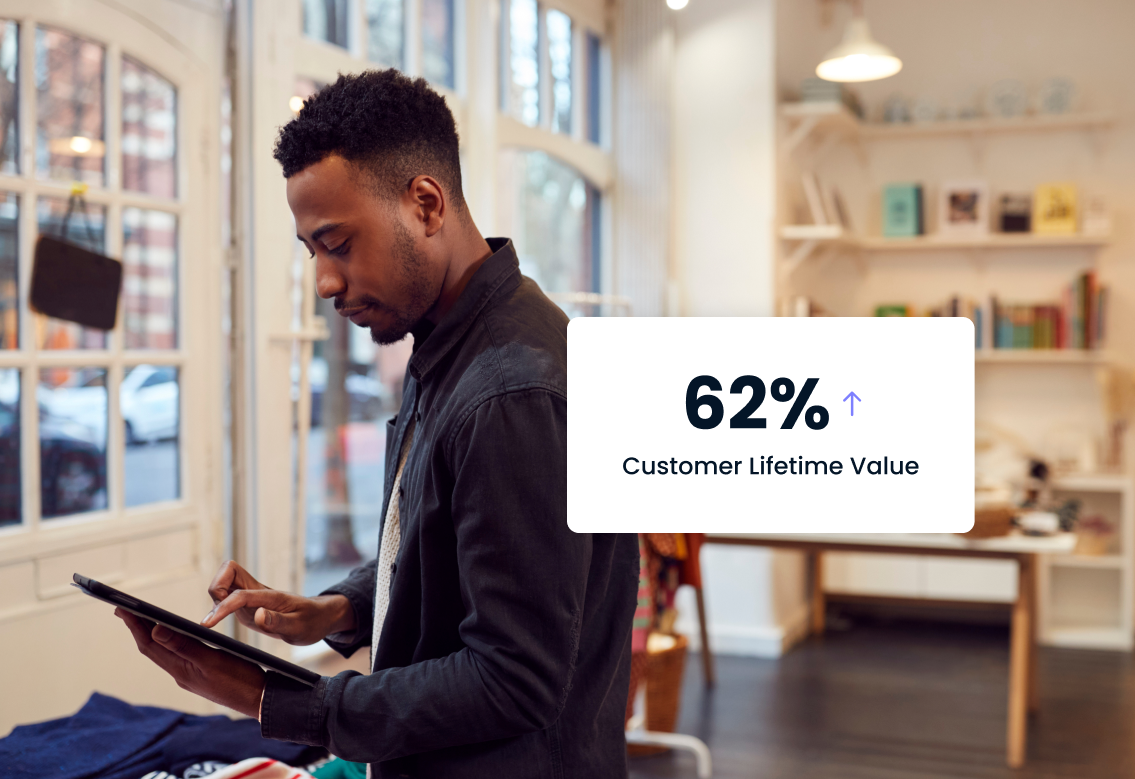
“Is the juice worth the squeeze?”
If you’re running a small- to medium-sized business, you may be asking yourself this question when calculating how much it costs to acquire and keep your customers. For retailers – where profit margins often run thin and every customer counts, increasing the Customer Lifetime Value (CLV) is one of many levers you can pull to create loyalty and ensure repeat business.
What is Customer Lifetime Value?
Customer Lifetime Value is the metric used to calculate how much revenue or profit your business will generate during the amount of time your customer shops with you (customer lifetime).
How do I calculate Customer Lifetime Value?
While having a clear, single answer to this question would be great, there is more than one answer on how to calculate CLV, and methods range from the most foundational to more complex calculations.
The simplest way to measure customer lifetime value is to subtract your lifetime customer costs from lifetime customer revenue. Here’s what the formula looks like:
CLV = Lifetime Customer Revenue - Lifetime Customer Costs
For instance, if a business has a subscription service charging $100 monthly, with customers staying for 3 years, the Lifetime Customer Revenue is $3600 ($100 * 36 months).
Assuming Lifetime Customer Costs are $600, the CLV is calculated as:
$3600 - $600 = $3000
This means each customer's net value to the business over their lifetime is $3000.
There are other ways to measure customer lifetime value. So if you want more in-depth information on calculating CLV, check out this article and try our Customer Lifetime Value calculator.
How do I increase Customer Lifetime Value?
After you calculate your baseline CLV, it’s time to pull the levers to increase it. Here are some tips to do just that.
1. Enhance your customers' experience
Increasing customer retention requires understanding the customer journey and making personalized recommendations. Delivering a better customer experience than your competition is a surefire way to reduce your customer churn rate and build loyalty.
There are critical metrics to gather regarding customer satisfaction, including your Net Promoter Score (NPS). This information highlights areas of opportunity and gives your team a chance to rectify poor experiences before they become bad reviews.
In addition, personalized marketing campaigns are important to increase customer engagement. That’s why segmentation is key. There are several ways to segment customers to better direct your marketing efforts, and understanding the customer journey, pain points, checkout experience, behavior, and other customer data metrics are the foundation of your customer segments. Consider how much your customer spends, their buying patterns, engagement with social channels, and more.
Creating a community of long-term, loyal customers who organically spread word-of-mouth referrals is an effective way to increase CLV.
Marsello customer, Pace Athletic, created their community by focusing on customer relationships, having an inclusive and welcoming environment, hosting a regular running club, and implementing a loyalty program with a referral rewards program. This strategy creates more touchpoints, listens to and incorporates customer feedback, and leverages customer loyalty programs – all of which lead to more conversions.
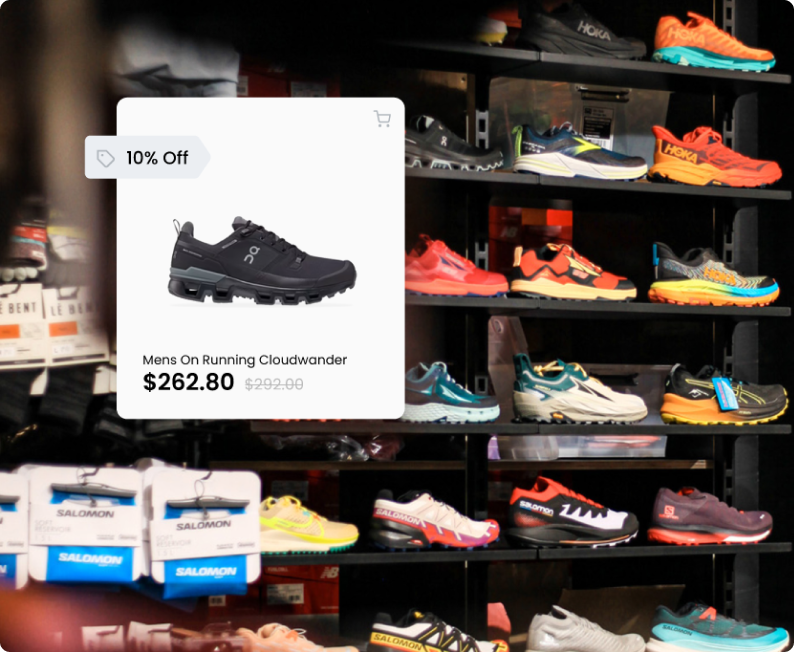
2. Implement cross-selling and upselling tactics
Another way to increase customer lifetime value is to point shoppers to products or services that add value to their purchases. You can do this through upselling and cross-selling. When done right, these sales tactics boost customer spending and AOV, ultimately helping you increase customer lifetime value.
The retailer Scotty's Makeup & Beauty, for example, has a section on their product page recommending similar or complementary items. That way, when you view one of their products, you are also presented with items that enhance your purchase.
Aside from driving additional sales, this practice improves the overall shopping experience by making it easier for customers to find and acquire everything they need in one place.
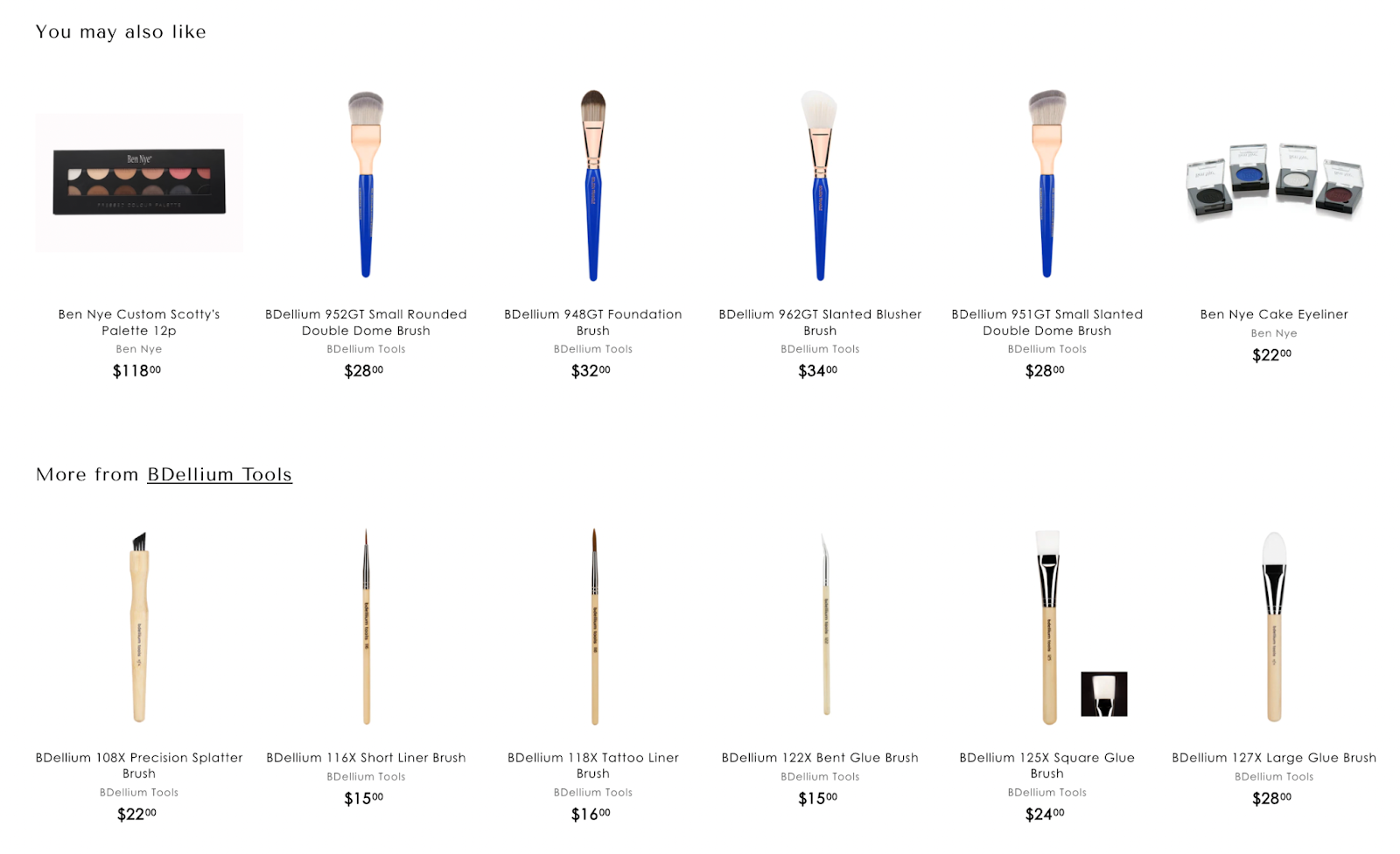
3. Create a customer loyalty program to increase Customer Lifetime Value (CLV)
Offering incentives and perks in a customer loyalty program is often successful in reducing customer attrition, boosting repeat purchase rate, and creating long-term customers. The best loyalty program for you will depend on your pricing, business type, and if you are looking for omnichannel support.
There are four main types of loyalty programs:
- points systems
- tiered programs
- punch cards
- community-based incentives
With points systems, customers earn points for every dollar they spend, which can be redeemed for products or services. Tiered loyalty programs are based on engagement or spending; the higher the tier, the more exclusive the reward. With punch cards, customers receive punches or stamps for purchases, with a reward once the card is filled. Community-based incentives are based on activities that help grow your brand and include activities like social sharing.
When thoughtfully created, rewards and recognition for customer loyalty can make a significant impact on your bottom line.
"On average, transactions made by loyalty members are worth over 60% more than anonymous transactions. Imagine even just 5% of your customer-base joins your loyalty program, and spends 60% more per transaction. Think what that would do to your bottom line."
- Rory Moss, Loyalty Expert
And if you’re implementing personalized marketing efforts, personalized rewards are the next logical step. A successful rewards program often drives repeat business with exclusive offers, like VIP tiers and omnichannel support to keep your customers coming back, referring others and thus increasing their CLV.
Once your loyalty program is created, the work is far from over. You have a wealth of data at your fingertips, and using those data-driven insights to adjust your program is key. Offering rewards that resonate with your customer’s preferences and shopping behaviors is the art and science of personalized marketing campaigns and loyalty programs – and our customers see great success in this holistic approach.
Marsello customer, TennisGear, now has complete visibility into their sales across all channels through multi-site reports and easy-to-use dashboards. TennisGear experienced a 2.5% increase in their customer database soon after implementing a point of sale system that prompts staff to add customers to the loyalty program.
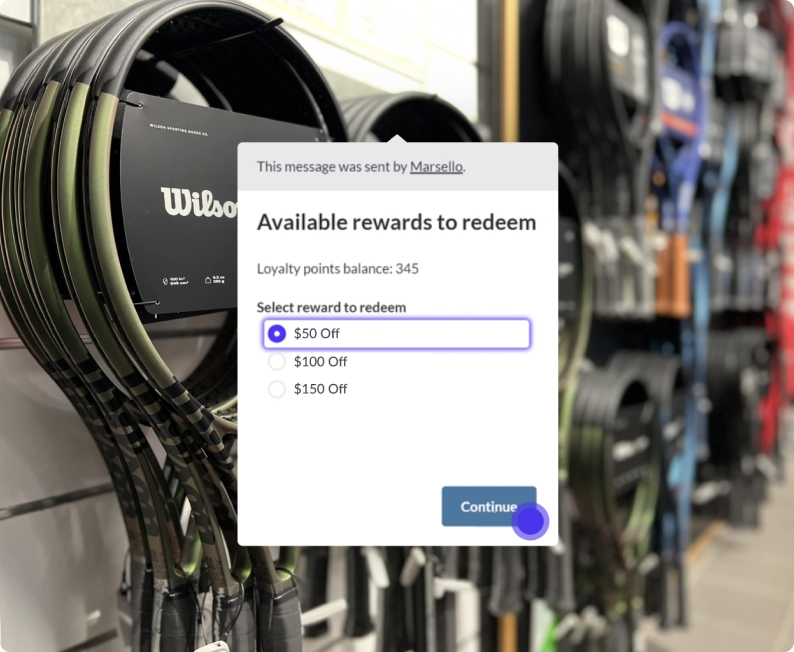
But the work didn’t stop there. With Marsello’s automation capabilities, TennisGear is seeing success in recovering abandoned carts and incentivizing lost customers to return and complete their purchase. Together, Marsello works with TennisGear to create a loyalty program that sets them apart from the competition and seamlessly integrates with their other systems.
"I think Marsello is the only solution that we found that had a native integration between all the systems that we are using. Now we can really easily separate our in-store and our online customers. In terms of loyalty, campaigns, and everything, it's certainly the best solution that we found," highlights TennisGear Project Manager, Declan.
4. Send strategic email marketing campaigns
Your customers receive dozens of emails, if not more, every day, and rising above the noise requires strategic planning. To save small marketing teams from being bogged down by the complexity of email marketing, content marketing, and the like, automation is key and optimization is the goal.
From the initial welcome email onboarding process to abandoned cart emails and win-back campaigns, being intentional and targeted in your communication is key. Automated emails tailored to customer behavior and buying patterns helps nurture customer relationships.
To do this, the aforementioned segmented email campaigns based on customer shopping patterns and preferences provide a customized feel and increase open rates, engagement and then ultimately, CLV. Depending on your business, mixing up personalized recommendations with related products, offering abandoned cart discounts, providing relevant content marketing materials with insights, tips, early access, etc., all work in tandem to create a strategic marketing campaign that works for you.
At Scott’s Makeup & Beauty Supply, their brick-and-mortar and online store marketing efforts are tracked to view where they’re having success. Their pre-built automations help recover more abandoned carts, drive repeat purchases and win back lost customers. With Marsello, they can see their email campaigns generate 63% of all revenue attributed to marketing activities, delivering on the metrics that matter.
.png?width=794&height=652&name=scottys-makeup-and-beauty-results%20(1).png)
5. Proactively collect customer feedback—and act on the insights
One of the best ways to get customers to stay with your brand is showing them that you value their input. And to do that, you need to get better at collecting — and acting — on their feedback.
Regularly send out surveys to glean insights into customer satisfaction. Ask shoppers what they love most about your brand, whether they would recommend you to their friends, and what you can do to serve them better.
You should then use those insights to improve your products and services. For example, when customers told the apparel retailer Klassy Network that they wanted long sleeved tops with built-in bras, the brand listened and launched those styles.
Klassy Network sent out an email with the subject line “You Asked… We Listened,” highlighting how customer feedback directly influenced their latest product offering.
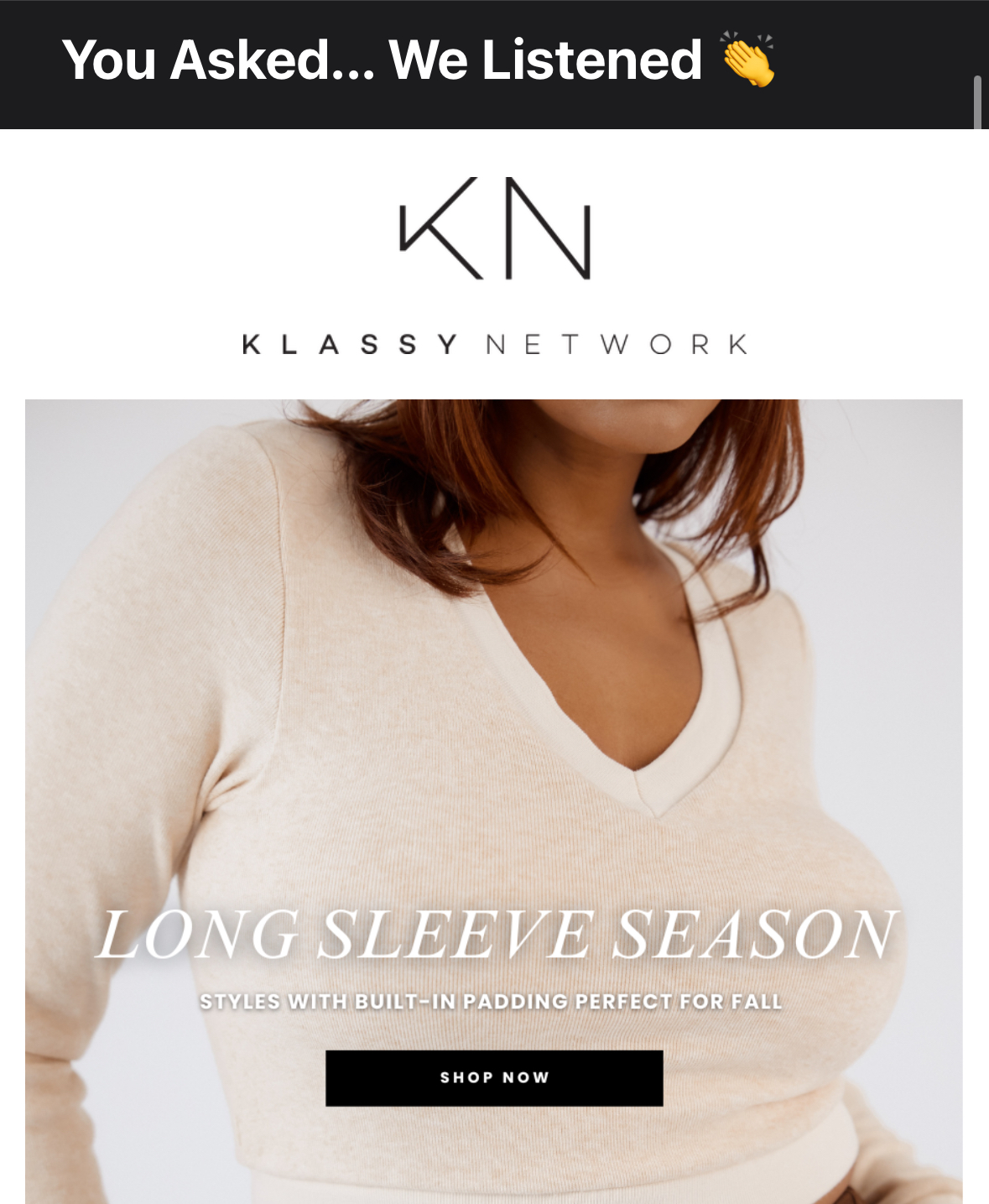
As for how to collect feedback, the best way to do it is put the process on autopilot. Use marketing automation software to send out surveys and feedback requests after each purchase.
We can see this in action in the fashion store Katie Waltman, which uses Marsello to automate feedback collection.
After loyal customers collect points, Katie Waltman's team sends an automated email to show their points balance and asks for feedback on their purchase experience through a simple survey.
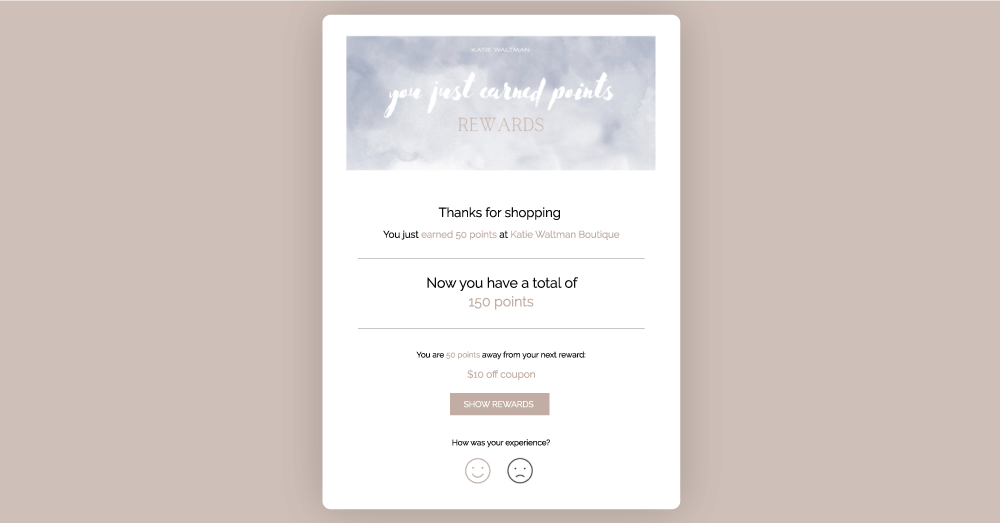
Katie Waltman's customers are eager to give feedback, with the jewelry brand receiving a 97% positive rate, especially for product quality, customer service, and value.
6. Encourage subscriptions
Subscriptions turn one-time shoppers into long-term customers, which then increases CLV. Subscriptions can also stabilize your finances, because they create reliable and predictable revenue streams.
Businesses selling consumable goods like food and supplements lend themselves well to the subscription model. If you fall into this category, you can encourage subscriptions by offering discounts when customers opt for recurring purchases.
Boba Tea Protein, a site that sells fitness supplements, does exactly that. When you’re on their product page, you'll notice the one-time purchase price of their protein powder is $47.99, but if you choose a subscription, the price drops 10% to $43.19.

This approach prods people to consider subscribing, which then boosts customer retention and increases the likelihood of generating consistent revenue over time.
7. Focus on high value customers
Segment your customers based on their purchase activity, then identify those who spend the most. From there, consider creating personalized offers, rewards, and communications specifically for them to enhance their loyalty and encourage continued high spending.
This targeted approach not only maximizes your ROI from marketing and customer service, it also strengthens brand loyalty (and CLV) among your most valuable shoppers. Ultimately, concentrating on high-value customers leads to increased revenue, higher customer satisfaction, and a more sustainable business model.
8. Educate your customers on the value of your products
People will continue buying from you for as long as they find value in your products and services. That’s why it pays to educate your customers and show them how they can get the most out of your products.
One brand that does this well is GoPro. They have a special section on their website called “GoPro Tips,” where they provide extensive how-to videos, tips for capturing great footage, and advice on using their cameras to the fullest, helping customers maximize the potential of their products.
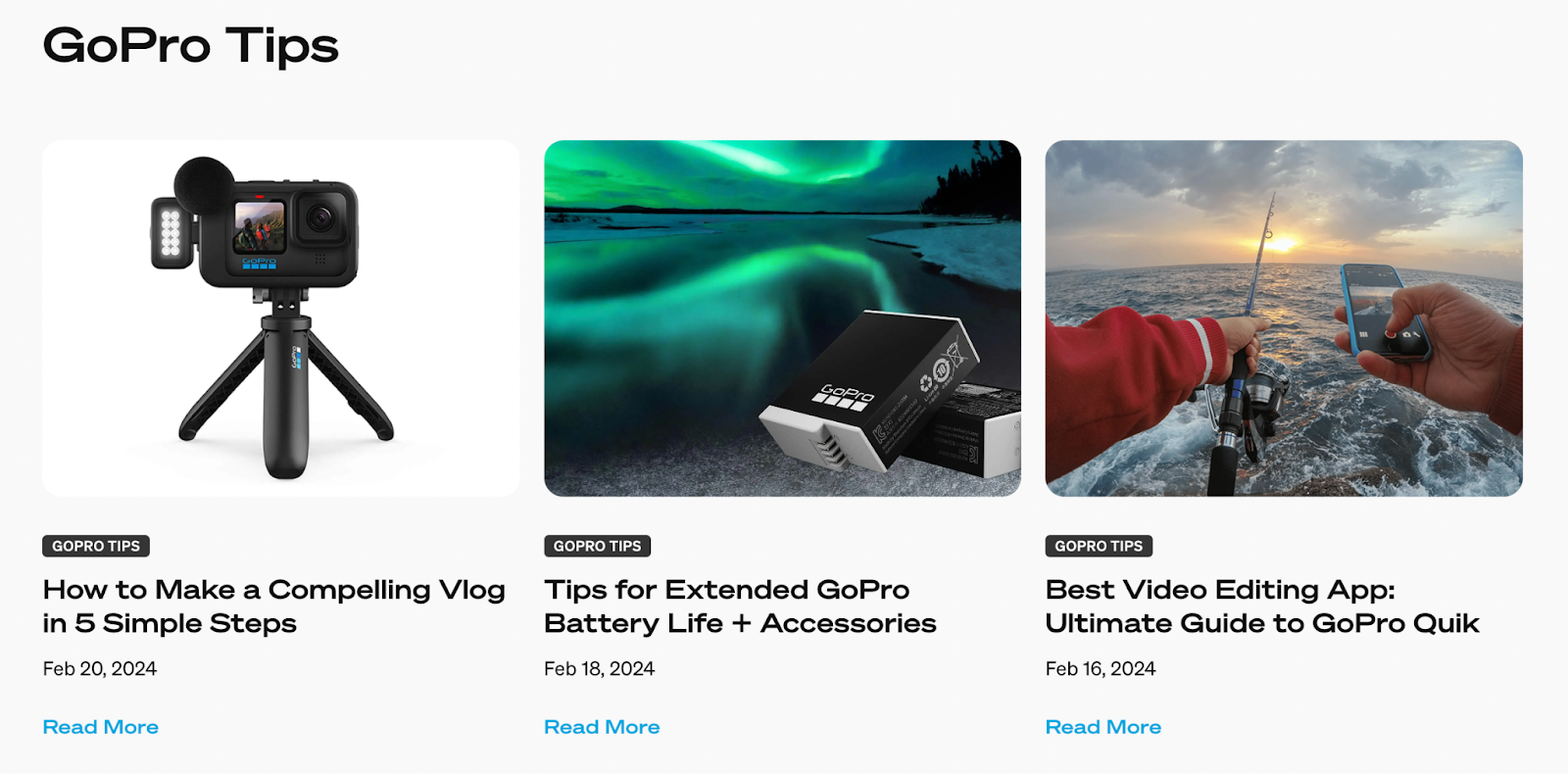
Final words
At Marsello, your customer success is our success – and calculating CLV is an important metric to help determine what is working and where improvement can be made. If you’re looking to achieve business growth, you need a trusted partner and a strategy in place to get where you’re headed.
Ready to learn how Marsello can contribute to your business growth goals? Get in touch to learn more.
Join a community of 5,000+ retailers building sales with Marsello's customer loyalty software
Read more: 7 Steps To Building A Profitable Loyalty & Rewards Program


